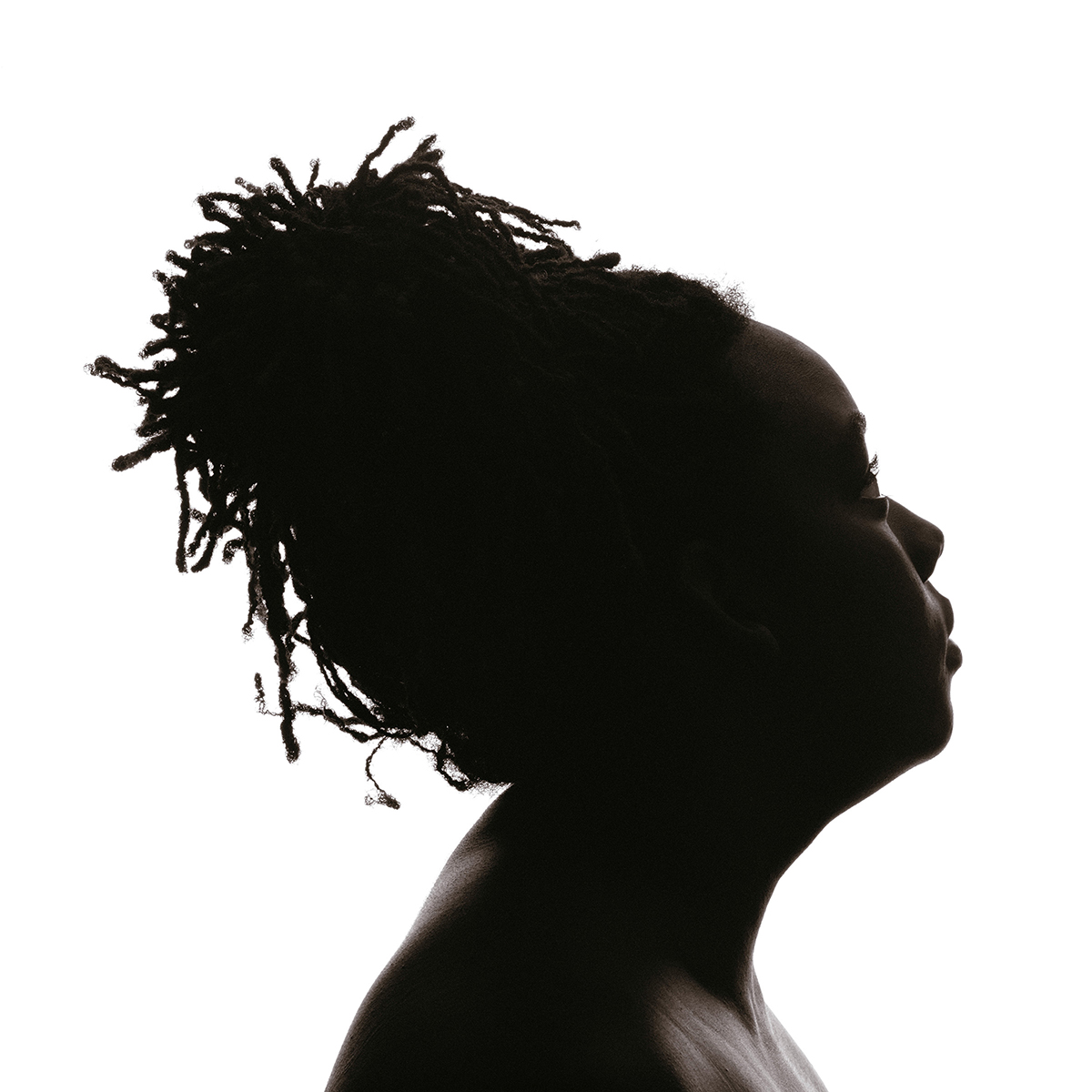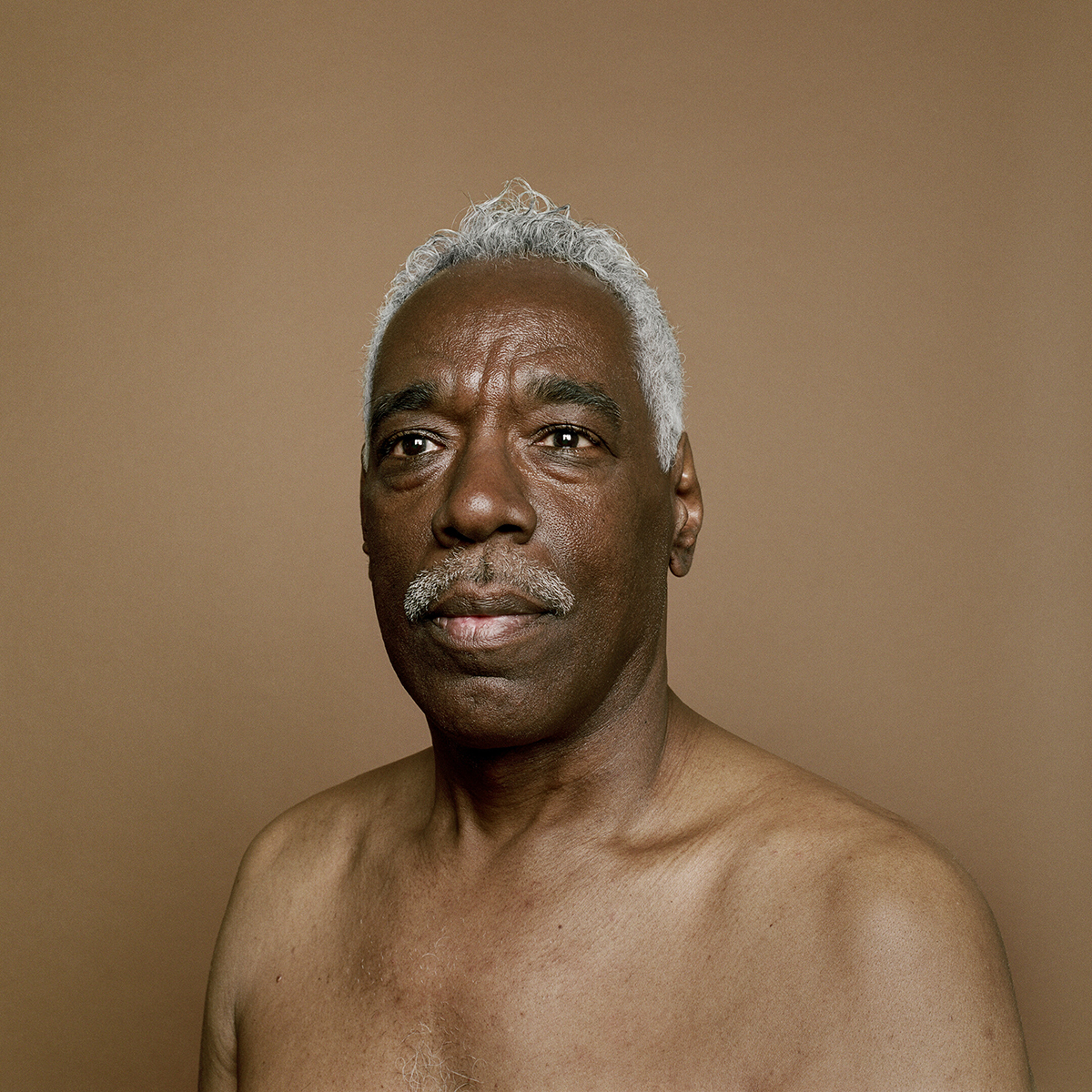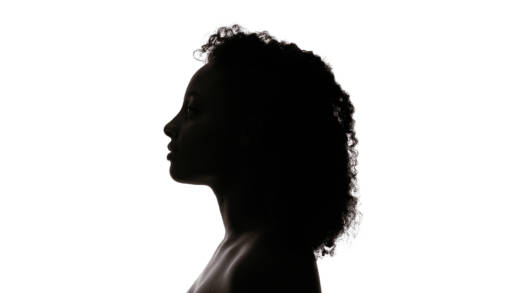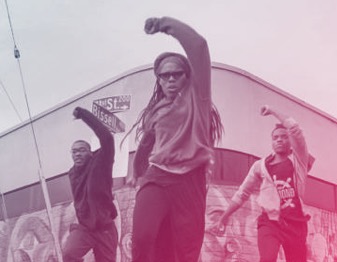If San Francisco-based photographer Erica Deeman can mount two solo shows on both sides of the bay in the span of two weeks, then we, the viewing public, should definitely be able to brave the bridge, tunnel or ferry (your choice!) to simply enjoy looking at them.
Deeman’s show Silhouettes, on view at the Berkeley Art Museum and Pacific Film Archive through June 11, depicts women from the African diaspora in profile from the shoulders up, against a white background. The high-contrast prints (seen last year in Pier 24’s Collected) might seem like zoomed-in Kara Walker cut-outs from afar, but up close, Deeman’s careful lighting glances gracefully off the women’s cheeks, collarbones and foreheads.

At Anthony Meier Fine Arts in San Francisco, Deeman opens a second show of portraiture, Brown, on March 23. In this series, Deeman’s subjects are the male counterparts of her Silhouettes subjects, captured facing the camera against a brown background that matches the artist’s own skin tone. In a video made by the gallery for the exhibition, Deeman explains she wanted to insert herself within each image to better understand “the spectrum of brownness.”
In both bodies of work, Deeman seeks to create a “modern-day narrative” for a group of people whose images aren’t readily found in classical portraiture or photography. Her portraits reference both mug shots and the popular 18th and 19th-century pseudoscience of physiognomy — the assessment of a person’s character from their face — but underline the fallacy of judging a person at face value, let alone from a photograph.

Stripped of clothing and accessories — and therefore commonly held signifiers of wealth and class — Deeman’s subjects are differentiated mostly by age and hairstyle (look for the man in Brown with the excellent beard). The formal compositions in both series imbue each image with warmth and dignity, a testament to Deeman’s ability to forge relationships with her subjects (culled from friends, family, ad-responders and strangers she encountered on the street) and put them at ease in front of her camera.



